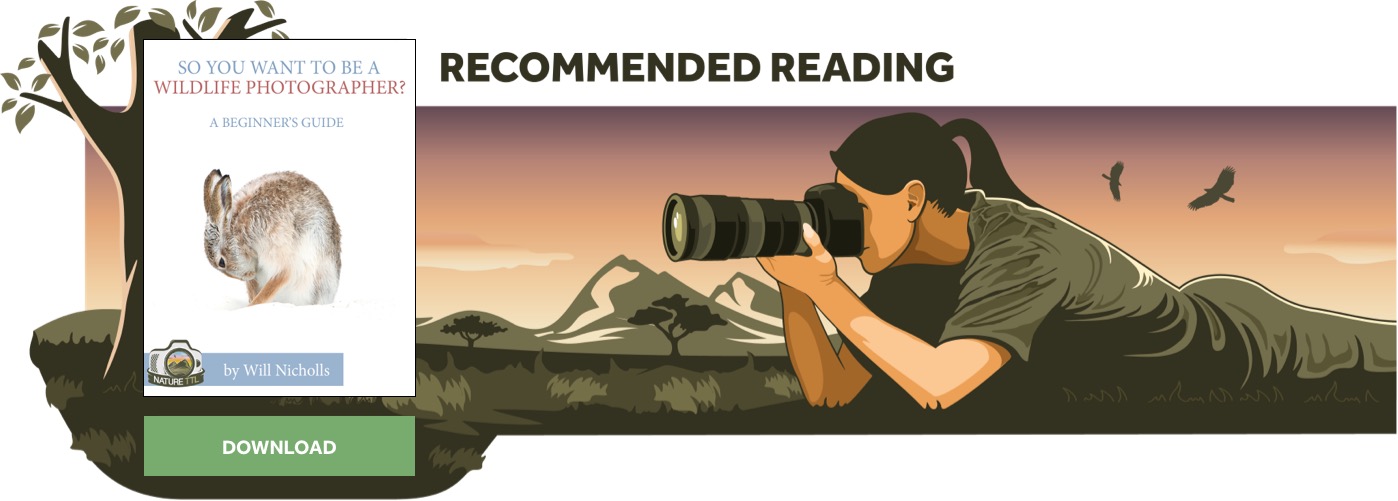The Flightless Heroes of Antarctica

Let’s face it, we all love a good story. It’s the reason we go to the movies or binge-watch season after season of our favourite series on Netflix. Stories like “hero beats villain” or “boy meets girl” resonate with us, and I have always wondered why that is the case.
Ever since I finished writing my first book ‘Penguin – A Story of Survival’ I have understood why.


It is an ancient concept that goes back to the very roots of storytelling and is often called “The Hero’s Journey”.
We see ourselves in this hero’s tale and project parts of our own life and ambitions onto the hero. The hero often grows from an underdog to the person who saves the day, even though life throws crisis after crisis at him.
I was fortunate enough to witness such a hero’s journey first-hand during the two winters and a summer that I lived and photographed in Antarctica.
I believe the sheer magnitude of this captivating story is the reason I am always drawn back to the icy end of the world. By the way, when I am saying “hero”, I am explicitly NOT talking about myself or any other human being for that matter. Bear with me…
During all of my stays so far, I was stationed at the German Antarctic Research station Neumayer III, close to Atka Bay. It hosts one of the largest emperor penguin colonies on the planet, with around 20,000 birds (as of 2022).
Reaching a place like Neumayer Station is not possible for everybody, even if you had all the money in the world. You either have to be a scientist and/or wintering staff, or you have to be part of a specific project that has been granted by the German polar research society.
I was lucky enough to spend one winter as a scientist and my second winter as a filmmaker for the BBC Natural History Unit.
The latter obligation in particular gave me the fantastic opportunity to spend every waking hour with the protagonist of my story: a flightless bird that walks funnily.
Our underdog, the emperor penguin!
The story of the emperor penguins is as remarkable as it is captivating, and it follows the “Hero’s Journey” almost perfectly.
At the end of March, when the rich and warm Antarctic summer is coming to an end, the emperor penguins leave their world of stability, following the calling of the colony.
Once the sea ice has formed and can carry the heavy birds, they will travel to the southernmost part of the bay, where they search for their love interest.
A beautifully elegant courtship ritual unfolds in which the penguins learn everything about their partner. From the way they call to the way they walk, maybe even imprinting each other’s heartbeats.
After mating, their one single egg will arrive sometime in late May. It marks a change of pace in this story, which almost seemed too easy until now.
The female has lost roughly a third of her body weight by producing the egg and desperately needs to return to the ocean to fill up her fat reserves for the upcoming winter.
Since this would be impossible with an egg on her feet, she passes the precious load to the male who will now have to take care of it.
The lovers are separated, both tasked with the impossible. While the female is severely weakened and has to make the long journey back to the ocean (which can be up to 25km in Atka Bay), the male has a fragile egg on his feet which he must keep safe at all costs.
Mostly immobilised, he will huddle with the other males and work as a team as the temperatures plummet to -35°C and below.
Storm after storm rages on the vast expanses of the sea ice, threatening not only to kill the eggs on the fathers’ feet but also the fathers themselves.
This is the time when Antarctica shows why the continent is called the harshest habitat on the planet.
Let’s take a step back for a moment to contemplate. Most of us who are reading this blog are nowhere near the existential crisis that these birds have to endure day after day. Have you ever experienced a storm with wind speeds of 200km/h?
You might say yes. But have you ever had to endure that storm without any shelter at -30°C for 12 days straight? I am certain the answer is no because you likely would not be reading this article if you had.
However, these tough emperor penguins have to endure these ordeals multiple times yearly.
Five months after returning to the colony, with most of the females still away, the egg will hatch and a tiny, almost naked emperor penguin chick is born into a bone-chillingly cold world.
The father, who has not eaten for this entire duration, knows that the chick can only survive if it gets food immediately. Specifically for this purpose, he has saved a little meal in a special gland in his oesophagus, which he now regurgitates for his newborn.
Talk about a true hero, right?
However, things are finally lightening up because shortly after the chicks hatch their mothers will return from the ocean.
Happily, they will now take care of their chick and strengthen the family bond again by conducting the very same courtship ritual from earlier in the season.
Now it is the father’s turn to head to the ocean to feed and, more importantly, bring back food for the growing chick. Both parents take turns at this point in the story as the chick becomes taller and stronger every day. We are reaching the end of their epic journey.
Just before our heroes live their life “happily ever after”, the protagonists of our story have to face their fiercest villain yet – the annual breakup of the sea ice.
As the days become longer after the dark and cold winter, temperatures are on the rise. The sea ice on which the birds breed will start to chip away and eventually break.
Chicks who are not fully grown and able to swim run the risk of drowning in the ice-cold Southern Ocean. There is only one hope: climbing the slippery, icy slopes that lead up onto the ice shelf, where the ice stays stable all year round.
However, these slopes are flanked by death-bringing gullies and slipping down into one of these voids would mean a definite early end.
The worst thing about this is that climate change is destabilising the sea ice even further and warming ocean currents. This not only postpones the formation of the sea ice but also supports its early breakup.
Hence, the time frame in which emperor penguins can successfully raise their young is shortened twice.
I’ll leave you with a cliffhanger because it seems like every series has to have a season two, and every movie has to have a sequel.
In my book ‘Penguin – A Story of Survival’ I will tell you the entire story, and in much more detail than I can put into this short little essay. Obviously, it comes with many more images that show you precious moments from the emperors’ lives.
The only thing I will not be able to do is to answer the question “What does the future for emperor penguins look like?” It really depends on whether we can be like the hero in this story!
Can we keep promises that we make, can we live as a world community, can we work as a team and finally tackle climate change as one? Can we live with little, consume less, and still be determined and strong?
Can we be more like penguins, a bird which cannot fly and walks funnily, but still manages to live in the most hostile place on earth?
If this underdog story is not inspiring, I don’t know what could be!















